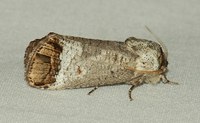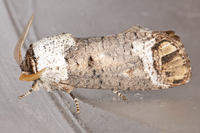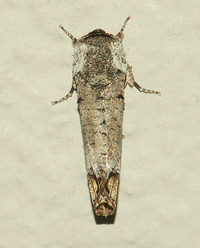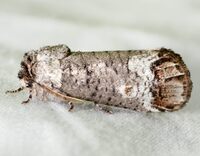 | Recorded by: K. Bischof on 2025-06-22
Transylvania Co.
Comment: |  | Recorded by: Jeff Niznik, David George, Larry Chen, Sarah Toner, Joye Zhou on 2025-06-20
Richmond Co.
Comment: |
 | Recorded by: Allison Garton on 2025-06-19
Moore Co.
Comment: |  | Recorded by: Lior S. Carlson, Dean Furbish on 2025-06-18
Alamance Co.
Comment: |
 | Recorded by: Mark Basinger on 2025-06-15
Rowan Co.
Comment: |  | Recorded by: Mark Basinger on 2025-06-14
Rowan Co.
Comment: |
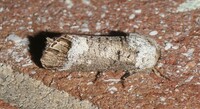 | Recorded by: Simpson Eason on 2025-06-12
Durham Co.
Comment: |  | Recorded by: Catherine Rose on 2025-06-11
Craven Co.
Comment: |
 | Recorded by: R. Newman on 2025-05-20
Carteret Co.
Comment: |  | Recorded by: R. Newman on 2024-07-07
Carteret Co.
Comment: |
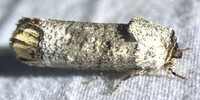 | Recorded by: Dean Furbish, Lior S. Carlson on 2024-06-18
Lincoln Co.
Comment: |  | Recorded by: R. Newman on 2024-06-16
Carteret Co.
Comment: |
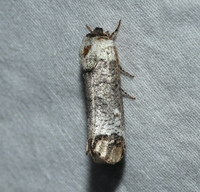 | Recorded by: David George, Steve Hall, Patrick Coin, Mark Basinger on 2024-06-16
Chatham Co.
Comment: | 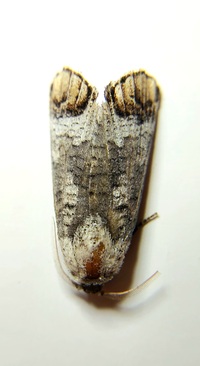 | Recorded by: Mark Basinger on 2024-06-15
Rowan Co.
Comment: |
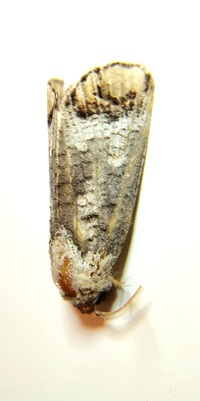 | Recorded by: Mark Basinger on 2024-06-15
Rowan Co.
Comment: | 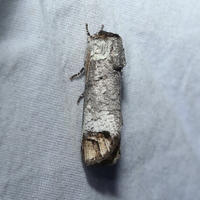 | Recorded by: David George on 2024-06-14
Durham Co.
Comment: |
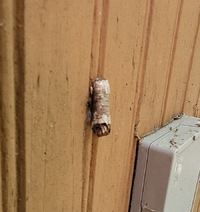 | Recorded by: Michael P. Morales on 2024-06-13
Cumberland Co.
Comment: | 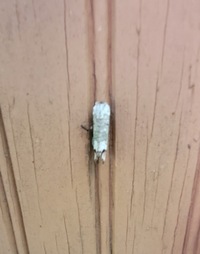 | Recorded by: Michael P. Morales on 2024-06-13
Cumberland Co.
Comment: |
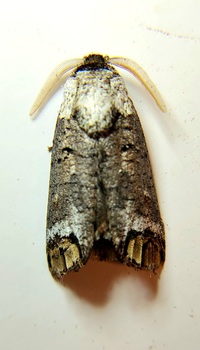 | Recorded by: Mark Basinger on 2024-06-13
Wilson Co.
Comment: | 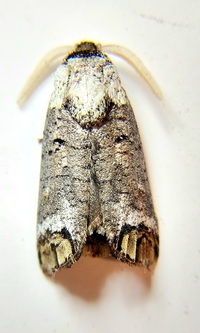 | Recorded by: Mark Basinger on 2024-06-13
Wilson Co.
Comment: |
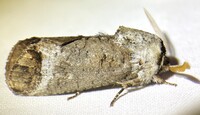 | Recorded by: Dean Furbish on 2024-06-11
Wake Co.
Comment: | 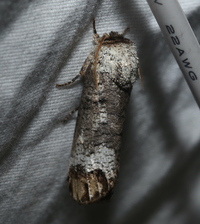 | Recorded by: David George, Jeff Niznik on 2024-06-10
Chatham Co.
Comment: |
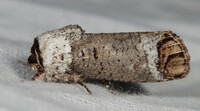 | Recorded by: David George, Tracy Feldman, Jeff Niznik, Rich Teper, Patrick Coin, Becky Watkins on 2024-06-08
Wake Co.
Comment: | 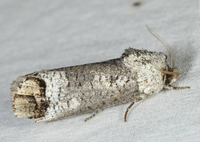 | Recorded by: John Petranka on 2024-06-07
Orange Co.
Comment: |
 | Recorded by: Dean Furbish on 2024-06-02
Wake Co.
Comment: | 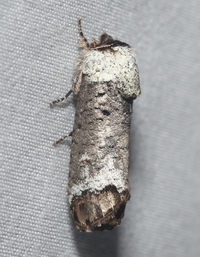 | Recorded by: David George, Jeff Niznik on 2024-06-01
Chatham Co.
Comment: |
 | Recorded by: R. Newman on 2024-05-29
Carteret Co.
Comment: | 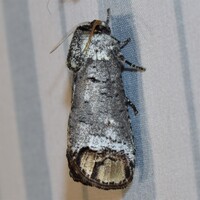 | Recorded by: David George, Stephen Dunn, Jeff Niznik on 2023-06-25
Orange Co.
Comment: |
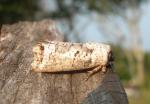 | Recorded by: R. Newman on 2023-06-18
Carteret Co.
Comment: | 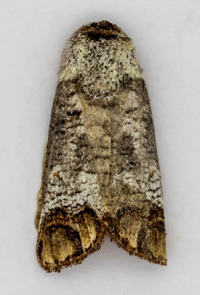 | Recorded by: Stephen Hall on 2023-06-14
Orange Co.
Comment: |
|

 »
»